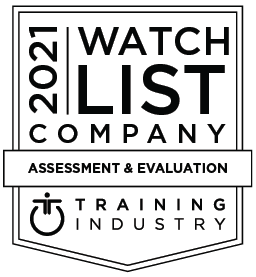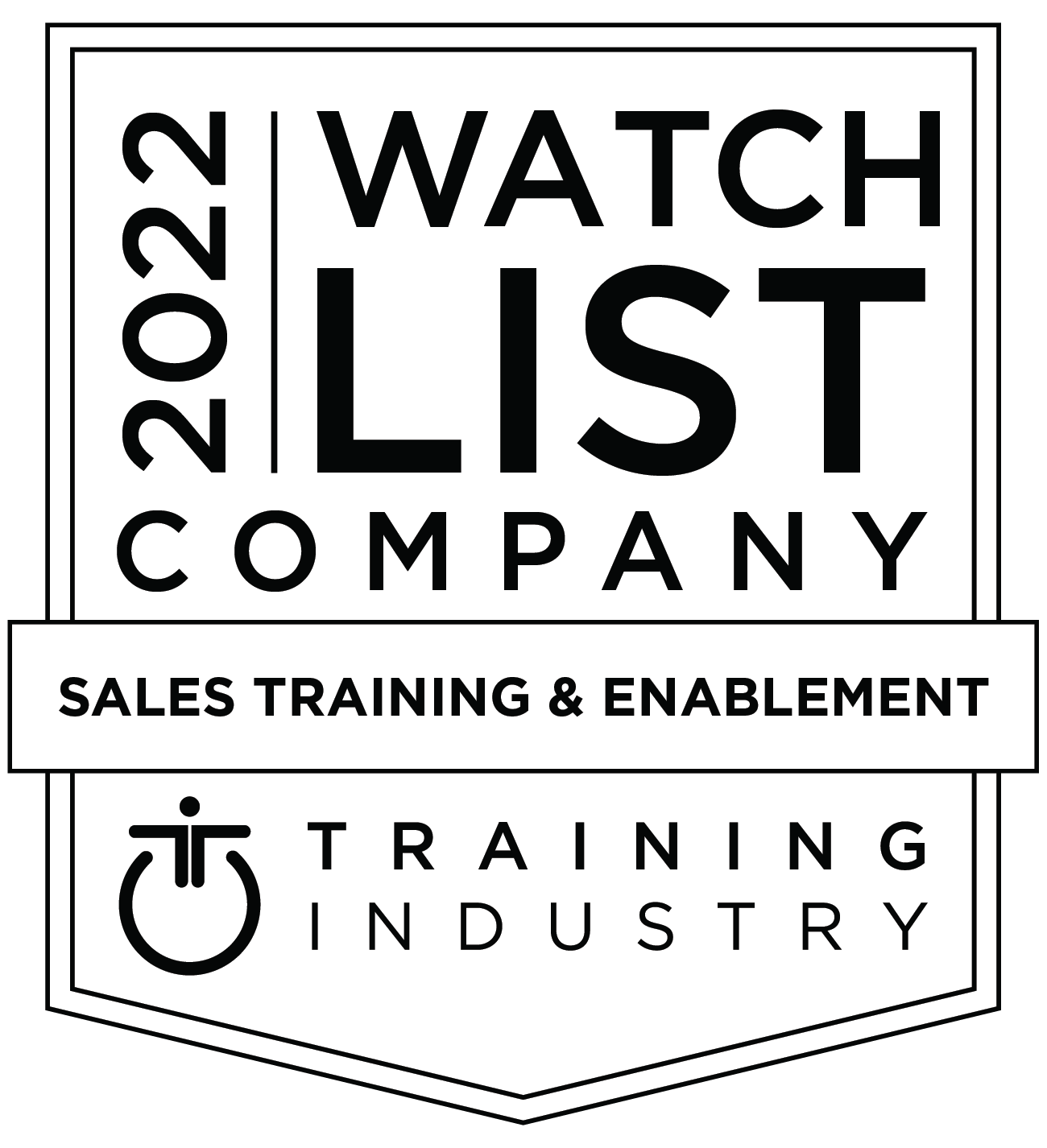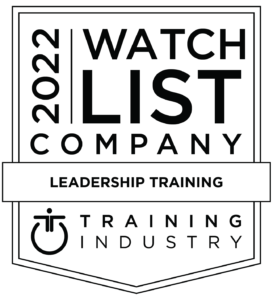In a prior life, I had occasion to work with an executive who was a great public speaker. He was engaging, lively, and on-point whenever he presented face-to-face. Which is why the first time he presented during a webcast was shocking.
I listened, stunned, as he’d somehow lost the ability to inflect his voice. He was long-winded and struggled to string two coherent thoughts together. It was a disaster. How could this have happened? Bad night’s sleep? Too little coffee? Distracted by other organizational priorities?
The truth is he was unprepared for the challenges of presenting virtually. As I’ve learned throughout my marketing career, and especially during my time with Mandel, his experience was not unique.
The webcast is a more difficult medium to master than most assume.
Mastery typically takes experienced coaching, structured practice, and developmental feedback.
But, there are things you can do right now to improve your delivery and head off a virtual disaster. Here are a few tips (excerpted from the Mandel whitepaper Best Practices for Excellent Presentations in a Virtual World) to get you started.
Never, ever “wing it.”
Over-elaboration and an inability to clearly and concisely make points are two of the key reasons why so many webcasts are deadly dull. To avoid these mistakes, prepare robust speaker notes and really use them.
Clearly note all of your slide changes, animations, and slide transitions, too, so you won’t skip a beat. And, even when you’re feeling comfortable during a webinar, avoid the temptation to go “off-script”.
Get rid of the junk.
The common habit of using non-words (ums and ahs) and unnecessary filler words (and, so, like, you know, etc.) can make a person sound uncertain and ill at ease when speaking face to face. During a webcast, they sound even worse.
These junk words can damage your credibility and make it hard for people to listen to you, so practice replacing them with a new habit — a healthy pause. After you emphasize a key point or bring up a new slide, pause to take a breath, give yourself a moment to think, and allow the audience to process your information
Channel your inner radio jockey.
Think of the best radio commentators and disc jockeys. How do they vary the volume, tone, and pace of their speech to keep you tuned in? Borrow from the best.
During a webinar, you’ll likely have to amplify your vocal energy in a way that feels almost unnatural in order to engage and keep your listener’s interest. After all, if you don’t seem enthusiastic about the topic, you can’t expect your audience to be. And if you don’t sound confident, your audience won’t perceive you as credible.
Strike a pose.
Gestures are just as important in a webcast as they are in face-to-face communications. Gestures (even when your audience can’t see them) add emphasis to your words and provide an outlet for nervous energy.
While your audience won’t see any of this, they’ll definitely hear it in your voice. Body posture and movement influence both vocal projection and inflection. The more you involve your hands, arms, and body, the more energized and confident your voice will sound.










